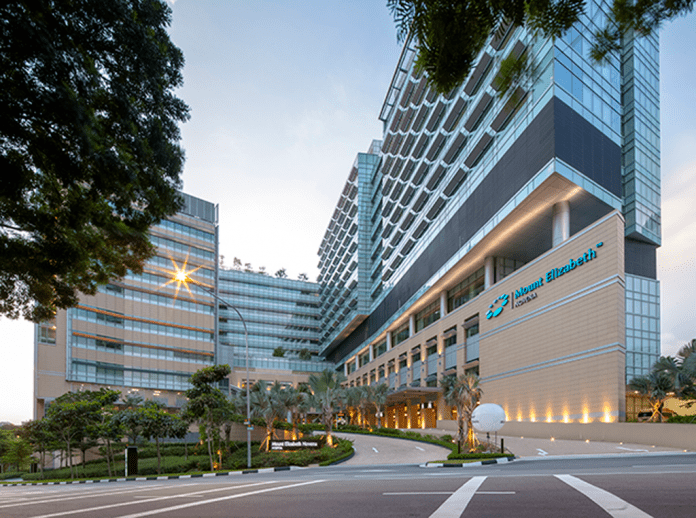While the spread of the Delta variant had stretched the healthcare system in Malaysia, Hospitals were overstretched and Covid-19 bed utilisation was consistently beyond 100% during its peak in August 2021.
This lead to the construction of field hospitals in a first for the country.
The virus is now progressing from the pandemic to endemic stage and Malaysia aims to invest in regional disease centres, vaccine development and develop a better understanding of communicable diseases.
Malaysia also aims to reform the healthcare system post-pandemic. Malaysia’s public healthcare system is mainly financed through federal government taxation and general revenue. Although government spending on healthcare as a percentage of the country’s GDP has been gradually increasing over the years, the World Health Organization (WHO) still considers this to be below global, as well as regional standards.
The pandemic has underscored the need to increase funding for the healthcare system both in terms of facilities and working conditions for staff. Malaysia will undertake a medium to long-term reform of its healthcare sector while gradually aiming to increase healthcare spending every year, according to Finance Minister Tengku Zafrul Aziz.
Nevertheless, Malaysia will focus on measures to improve cost-efficiency in the healthcare system.
“We note that healthcare expenditure is likely to continue to be driven by measures to improve cost-efficiency, as is the case across most ASEAN markets. Moreover, in light of the economic fallout from the pandemic, we expect these pressures to significantly impact the public healthcare budget in the coming years, necessitating further repression of public healthcare expenditure in the medium-to-long term. The government’s sustained focus on cost-containment will continue, hindering drugmaker revenue earning opportunities,” says Fitch.
Among other policy directions being considered is increasing public healthcare charges for higher-income earners, and incentivising people to buy health insurance. Social protection schemes will also provide health benefits for informal workers.
“Moreover, looking beyond the pandemic, we believe that the Malaysian government will remain firmly committed to improving health quality and access across the country. In recent years, the healthcare sector has seen a rise in government expenditure, with an increase in medical facilities and higher quality treatments.
“The implementation of the B40healthcare scheme is one of the key initiatives that will expand healthcare access to the nation’s lowest earners. In 2020, healthcare expenditure in Malaysia grew 6.9% year-on-year (y-o-y), with an estimated value of MYR63.1bn (USD15.0bn). In 2021, we expect growth to accelerate to 9.6%, reaching MYR69.2bn (USD16.6bn). We forecast health expenditure will experience a five-year compound annual growth rate (CAGR) of 7.6% in local currency terms and 8.9% in US dollar terms, reaching MYR91.1bn (USD23.0bn) by 2025,” Fitch says.
Rising disease burden
While reforms are underway to secure the long-term sustainability of the public healthcare system, challenges remain.
“We remain sceptical over the progress of the reforms and any alteration to the funding structure of the healthcare system will require a revision of our healthcare expenditure forecast. We will not incorporate this into our forecast until the reforms are officially approved and we note that it is likely that the funding structure will change. Public healthcare expenditure will increase considerably in the short term. Our longer-term forecast reflects that the growth in spending will decelerate as cost-containment measures will inevitably be introduced to maintain sustainable levels of funding.”









